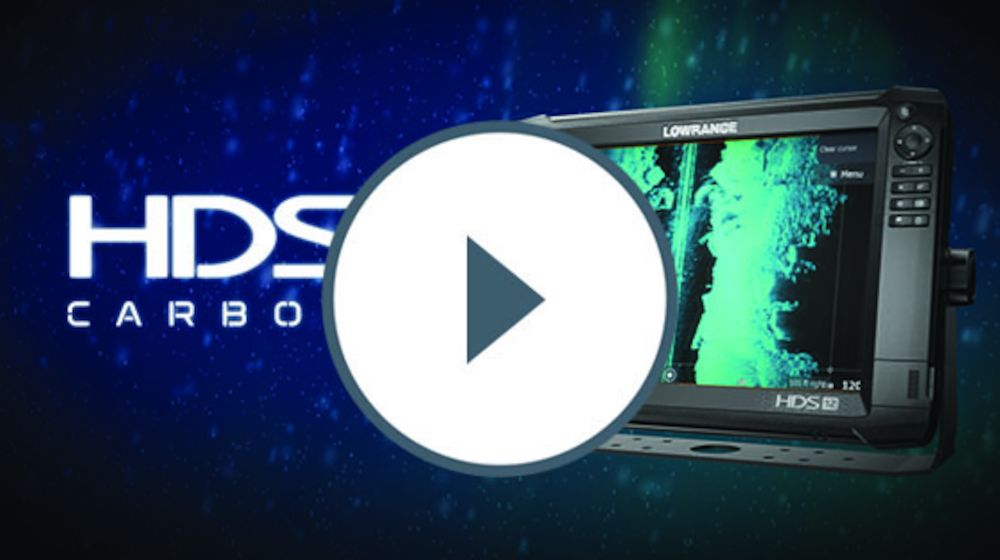

One of its main sources of power is a series of fusion reactions and beta decay processes that transform hydrogen into helium. If the strong force wins out, the colliding nuclei bind together, or fuse, to form a heavier nucleus. In most of these cases, light nuclei have had to smash together with enough energy to allow the strong force - a glue-like bond that forms when protons and neutrons get close enough to touch - to overcome the electromagnetic force – which pushes protons apart. Most naturally existing isotopes are the final (stable or long-lived) product resulting from a long series of nuclear reactions and decays. Others result from processes that happen within stars or as a result of chance collisions between highly energetic nuclei - known as cosmic rays - within our atmosphere. Some of the lighter isotopes were formed very early in the history of the universe, during the Big Bang. As it turns out, this question is a complex one, but lends some truth to the adage that we are all made of star dust. From the bellies of starsīy now, you may be wondering how all these isotopes were created in the first place. This is one of the reasons why some isotopes of a given element are radioactive, while others are not. The same is true if a nucleus has too many protons. If a nucleus has too many neutrons (the definition of “too many” depends on how heavy the nucleus is), there is a chance that it will decay towards stability. One of the most important is the ratio of protons to neutrons a particular nucleus has. There are many factors that can cause a nucleus to decay. But some isotopes have the ability to circumvent this rule by transforming into another element entirely.Ī carbon-14 neutron turns into a proton during beta decay. So different isotopes of the same element are identical, chemically speaking. This means that all three isotopes have different atomic masses (carbon-14 being the heaviest), but share the same atomic number (Z=6).Ĭhemically, all three are indistinguishable, because the number of electrons in each of these three isotopes is the same. All three have six protons, but their neutron numbers - 6, 7, and 8, respectively - all differ. There are three isotopes of carbon found in nature – carbon-12, carbon-13, and carbon-14. Isotopes of an element share the same number of protons but have different numbers of neutrons.

National Nuclear Data Center / Wikimedia Commons Elements are assigned a row on the chart according to the number of protons they have. The boundaries of this map are constantly spreading, as new research helps us find ways to make new isotopes. The Map of Nuclides contains information about all known isotopes.


 0 kommentar(er)
0 kommentar(er)
